CONTENTS
How to use this ebook
Select one of the chapters from the and you will be taken to a list of all the recipes covered in that chapter.
Alternatively, jump to the to browse recipes by ingredient.
Look out for linked text (which is in blue) throughout the ebook that you can select to help you navigate between related recipes.
INTRODUCTION
ABOUT ME
My love of fruit and vegetables stems from my childhood and growing up with enthusiastic gardeners as parents. We always had a huge vegetable garden at every house we lived in and a seemingly constant, year-round supply of seasonal fruit and vegetables. I remember the thrill of digging up new potatoes as a child, it felt like discovering treasure as I carefully unearthed the small golden-yellow tubers and piled them into a bucket with glee. I loved picking herbs, tomatoes, lettuce, raspberries and peas in the summer and gathering apples and plums from the orchard and dessert grapes from the vine in the autumn.
My parents would spend hours and hours tending to the different veg, often growing them from seed, and the garden was always immaculately kept and beautiful to look at. Alongside their favourite fruit and veg would be new and experimental varieties such as rainbow chard, ornamental pumpkins or, one year, Siberian, American and cold-climate varieties of tomato.
My mother is also a great cook so not only did I grow up surrounded by a bounty of fresh produce, I was taught how to cook with it, too. One of her theories is that every meal should feature at least seven different colours for it to be properly healthy, so the food that she prepares is not only garden-fresh but super colourful, too. I guess some of her enthusiasm rubbed off on me.
My diet now is predominantly vegetable-based and Im also a big raw food advocate and enthusiast. However, I do appreciate the merits of cooked vegetables too, especially the grounding and comforting role they can play in the colder autumn and winter months. So soups and salads are the two types of dishes I most commonly eat.
version). I loved its natural creaminess when blended and its slightly salty, lemony flavour. When I was a little older, shed serve it with crushed pink peppercorns, which I thought was the height of sophistication aged ten.
In more recent years, certain soups stick in my memory: a wild mushroom soup with the most amazing depth of flavour served at a local Derbyshire restaurant (see my )all these soups and many more hold memories of my life.
ABOUT THIS BOOK
This book showcases my love of fruit and vegetables and one of my favourite ways to serve themin colourful and nutritious soups.
The soups you will find here are all vegan some raw, some cooked and some sweet but all come with alternative serving ideas, many of which will appeal to omnivores. Youll find a soup for every colour of the rainbow, which illustrates the amazing and diverse spectrum of colours that occur naturally in nature and shows how easy it really can be to eat or drink the rainbow.
Ive also included staple recipes for base stocks, health information on ingredients, storage and serving tips, kitchen kit advice, and a collection of toppings, drizzles and sprinkles to perk up the look, taste, texture and nutritional value of your soups.
So, in praise of fruit and vegetables, this book is a true celebration of their versatility, the vital role they play in our diets, and how they help us to stay healthy. I hope youll find plenty to entertain and inspireand that you, like me, also enjoy the beauty of soup.
WHY SOUP?
A humble bowl of soup is one of the most versatile of dishes; theres nothing quite like spooning up warm goodness on a cold winters day, sipping a light chilled soup to refresh in the summer months, or hugging a mug of comforting broth if youre feeling under the weather. A simple bowl of soup has the ability to do far more than nourish our bodies; it has the restorative and comforting power to revive us and soothe the soul, too.
Whether served warm or chilled, as a snack or main meal, soups are readily adaptable. Most can be made more substantial with extra veg, added protein and carbs, or spruced up with a selection of interesting toppings theyre almost the little black dress equivalent of the culinary world.
Usually a healthy choice, soups are more often than not vegetable-based and provide a great opportunity to sneak in extra veg. I find a handful of finely grated raw carrot or courgette stirred into a flavoursome soup just before serving can often go undetected. Theyre economic to make, too, and can be a wonderful way of using up odds and ends in the fridge, leftover cooked veg, or utilizing slightly wilted specimens that you might otherwise discard.
If youre watching your weight, soups can be your best friend in the kitchen they quickly assuage hunger and leave you feeling satisfied for longer. A raw soup can be whipped up in minutes so is ideal if youre feeling ravenous, or if made in bulk and frozen in portions, a soup can take mere minutes to defrost and serve up. Similarly, if you crave something sweet, my recipes for are the perfect antidote.
TYPES OF SOUP
Gazpacho, chowder, mulligatawny, vichyssoise, borscht, velout, pho, minestrone, broth, ramen, potage, bisque, consommthese names can define the ingredients in a soup, its texture, style of cooking, and/or the country of origin. But what is clear is that soup comes in many guises to suit every eating occasion or mood. There are delicate, clear broths; rustic, chunky, soups-cum-stews; or silky-smooth versions with a velvety texture and creamy mouthfeel. Soups can be healthy, cleansing and nourishing or luxurious and indulgent, as well as quick to prepare or cooked slowly over a long period of time. Whatever the type, all good soups start with some basic, fresh ingredients and a little know-how
WHAT MAKES A GOOD SOUP?
As with any recipe, a good soup normally begins with good ingredients. For me, the following are key:

FRUIT & VEGETABLES: I like to use organic fruit and vegetables whenever possible. These often have the best flavour and you dont need to peel them. Just scrub the veg, including beetroots, carrots, parsnips, sweet potatoes and potatoes, clean before use. Keeping the skins on means you retain a lot of the nutrients. If using non-organic veg, its best to peel them first.

COOKING OIL: I generally try to use as little additional oil as possible and when sauting vegetables for a soup Ill often steam-fry them (see ). My preferred oil is coconut as it has many health benefits and a high smoke point. The coconut flavour is normally undetectable, but for more delicately flavoured soups I opt for a light olive oil.


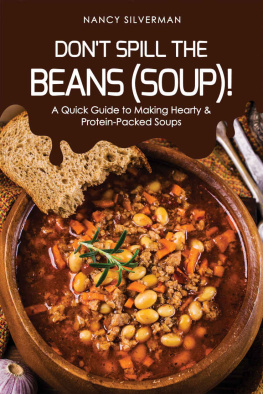



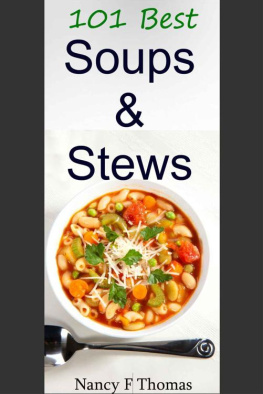
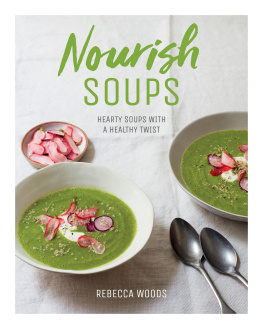
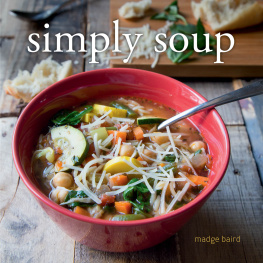

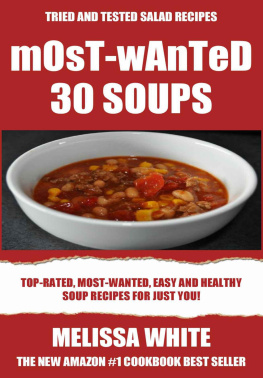
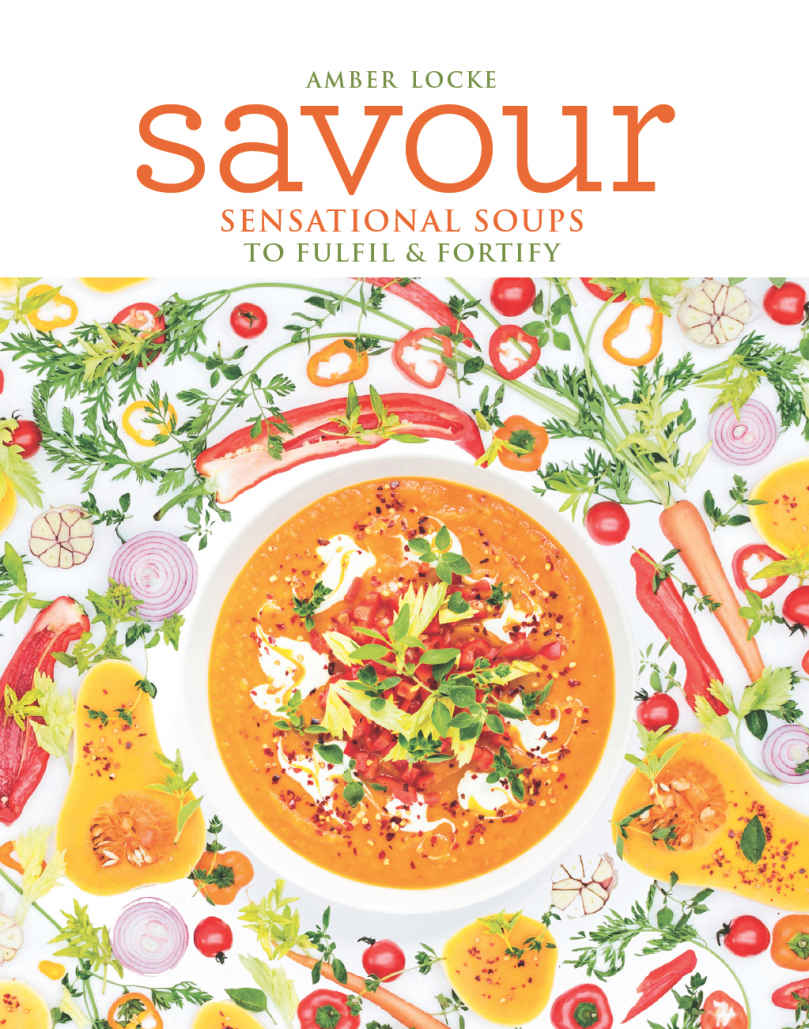




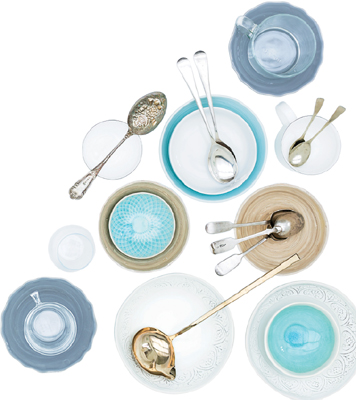
 FRUIT & VEGETABLES: I like to use organic fruit and vegetables whenever possible. These often have the best flavour and you dont need to peel them. Just scrub the veg, including beetroots, carrots, parsnips, sweet potatoes and potatoes, clean before use. Keeping the skins on means you retain a lot of the nutrients. If using non-organic veg, its best to peel them first.
FRUIT & VEGETABLES: I like to use organic fruit and vegetables whenever possible. These often have the best flavour and you dont need to peel them. Just scrub the veg, including beetroots, carrots, parsnips, sweet potatoes and potatoes, clean before use. Keeping the skins on means you retain a lot of the nutrients. If using non-organic veg, its best to peel them first.